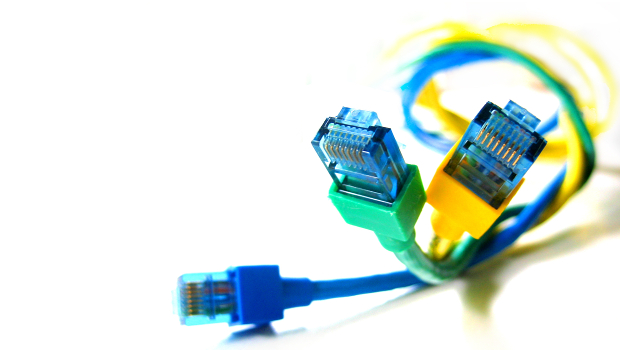Broadcom has announced availability of new Ethernet switch silicon optimised for cloud-scale data centres.
Broadcom’s StrataXGS Tomahawk chipset is built on the company’s widely deployed StrataXGS Trident and StrataDNX products. Tomahawk delivers 3.2Tbps switching capacity, 32 100G ports, and SDN-optimised engines in a single chip, Broadcom says, and features all-25Gbps per-lane interconnect, enabling transformation to 25G and 50G Ethernet networks.
Broadcom was one of the founders of the 25 Gigabit Ethernet Consortium, a group of vendors and users looking to promote standardisation of the 25/50G Ethernet speeds and product development. The IEEE also recently formed a 25G study group based on industry interest in the Ethernet spec.
By deploying Tomahawk-based switches, data centre networks currently running 10G at the top-of-rack, or leaf, level and 40G at the end-of-row spine can upgrade to 25G and 100G interconnect to accommodate growth in distributed server/storage workloads without increasing network equipment footprint, Broadcom says. And instead of upgrading server-to-switch connections to 40G, a Tomahawk-based network driving 25G to the server reduces cabling elements within the rack by as much as 75%, while quadrupling the number of server and storage nodes that can be interconnected in a leaf-spine topology, Broadcom claims.
For SDNs, Tomahawk also incorporates application flow and debug statistics, link health and utilisation monitors, streaming network congestion detection and packet tracing capabilities to provide the telemetry network operators require to troubleshoot large-scale networks, tweak performance and respond to potential problems, Broadcom says.
Tomahawk also includes packet processors for user configurable flow processing, security, network virtualisation, measurement/monitoring, congestion management and traffic engineering, with in-field configurable forwarding and classification database profiles. These capabilities are accessible to the network control plane via common software APIs, Broadcom says.
Other SDN features of Tomahawk include OpenFlow 1.3+ support, VXLAN, NVGRE, MPLS, and Shortest Path Bridging overlay and tunnelling support, and policy enforcement for existing and new virtualisation protocols.
Port-to-port latency for Tomahawk is in the sub 400ns range, Broadcom says. The chipset also supports RoCE and RoCEv2 storage/RDMA protocols.
Jim Duffy, Network World








Subscribers 0
Fans 0
Followers 0
Followers